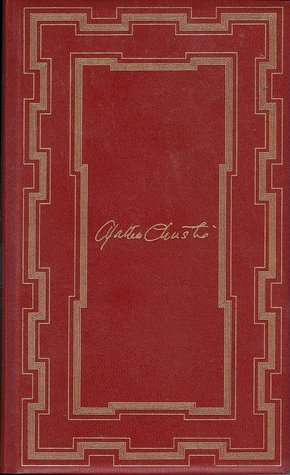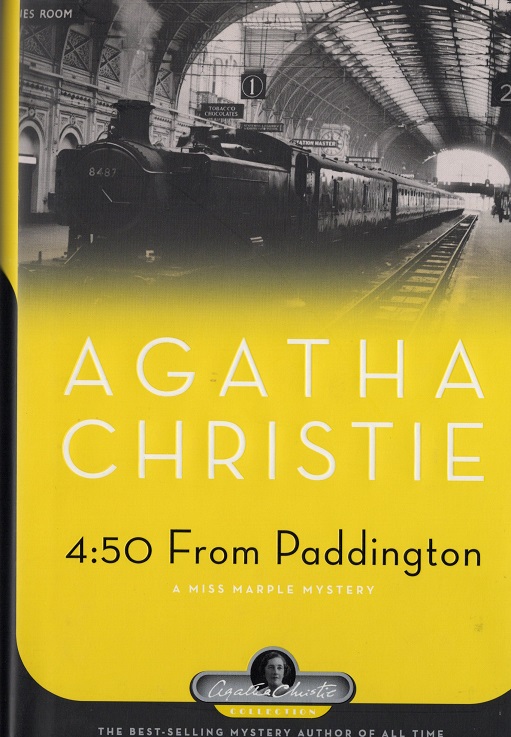
4.50 From Paddington / They Do It With Mirrors
Book Description
A chilling murder witnessed by an unsuspecting passenger sets the stage for a high-stakes investigation where nothing is as it seems. In "4.50 From Paddington," a train trip turns deadly, and Miss Marple dives into the tangled web of deception hidden behind a façade of normalcy. Meanwhile, "They Do It With Mirrors" plunges into a world of betrayal within a seemingly harmonious family, where dark secrets are just waiting to be unearthed. As alliances shift and the stakes rise, can the truth really emerge from the shadows, or will it slip away forever? What lies behind the mirrors of deception?
Quick Book Summary
"4.50 From Paddington" and "They Do It With Mirrors" are two compelling Miss Marple mysteries by Agatha Christie that masterfully mix suspense, deception, and clever deduction. In "4.50 From Paddington," Mrs. McGillicuddy witnesses a shocking murder on a moving train, but with no one believing her story except her friend Miss Marple, an intricate investigation unfolds, revealing secrets in a peaceful English estate. "They Do It With Mirrors" takes Miss Marple into another dangerous setting—a home for troubled boys—where attempted murder and family secrets force her to untangle webs of motives and deception. Both novels highlight Christie's signature themes of concealed guilt, hidden motives, and the razor-sharp intellect of Miss Marple, who brings justice to light where no one else can.
Summary of Key Ideas
Table of Contents
Witnessing Crime in the Ordinary
A sense of everyday normalcy is shattered in both stories, beginning with a shocking crime: In "4.50 From Paddington," Mrs. McGillicuddy glimpses a murder on a passing train, while "They Do It With Mirrors" sets its mystery in a household for wayward boys, riddled with tensions beneath the surface. These seemingly mundane or routine environments mask deeper dangers, proving how easily evil can hide within the ordinary.
The Role of Observation and Deduction
Observation and deduction become essential tools in piecing together each mystery. Miss Marple, ever observant and unassuming, spots inconsistencies and subtle clues that elude others. She relies on personal experience and observation of human nature—rather than police procedures—to unravel the intricate layers of each crime, proving the importance of paying attention to the smallest details.
Concealed Motives and Deception
Both books showcase characters with hidden motives. In "4.50 From Paddington," false alibis and veiled relationships create a web of confusion, while "They Do It With Mirrors" presents a family whose façade of harmony masks betrayal and long-held grudges. Christie deftly explores how people deceive each other and themselves, often using misdirection and performance as tools to obfuscate the truth.
Family Secrets and Dynamics
Family dynamics and secrets play a crucial role in motivating the crimes. In both novels, the home and family are not sanctuaries but breeding grounds for resentment, manipulation, and greed. Christie highlights how familial bonds can twist into motives for murder, revealing the dark consequences of unresolved conflict and jealousy within close circles.
Justice and Truth Revealed
Ultimately, the quest for justice is fulfilled through Miss Marple’s sharp analysis and subtle empathy. Despite the complexity of the mysteries and the layers of deception, she uncovers the truth, restores order, and ensures that the guilty face consequences. Christie closes both stories with a sense of restored balance, but also a reminder of the ever-present shadows behind human relationships and the need for vigilance in pursuing truth.
Download This Summary
Get a free PDF of this summary instantly — no email required.





